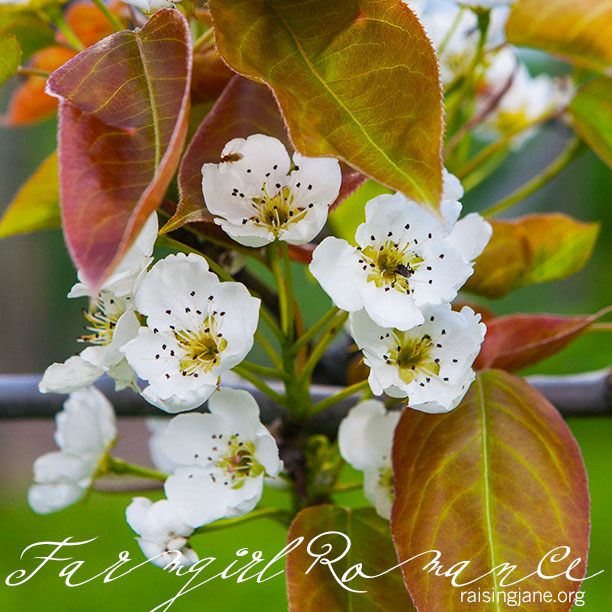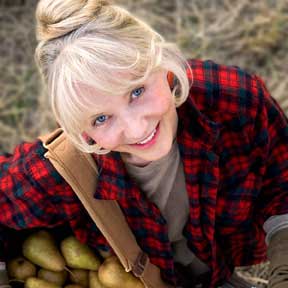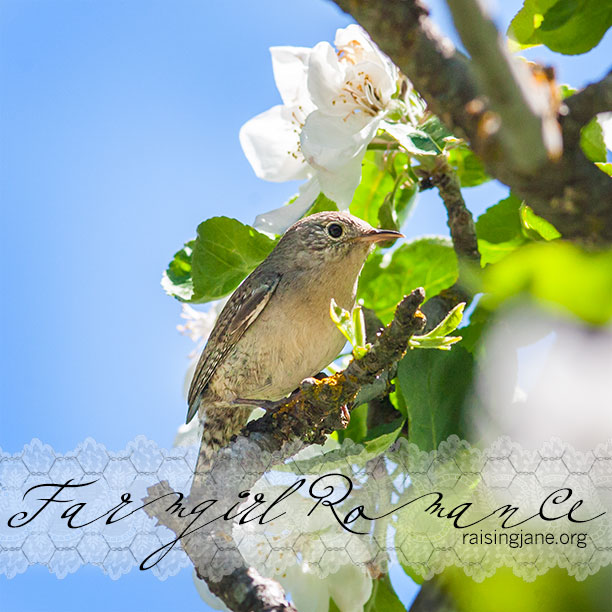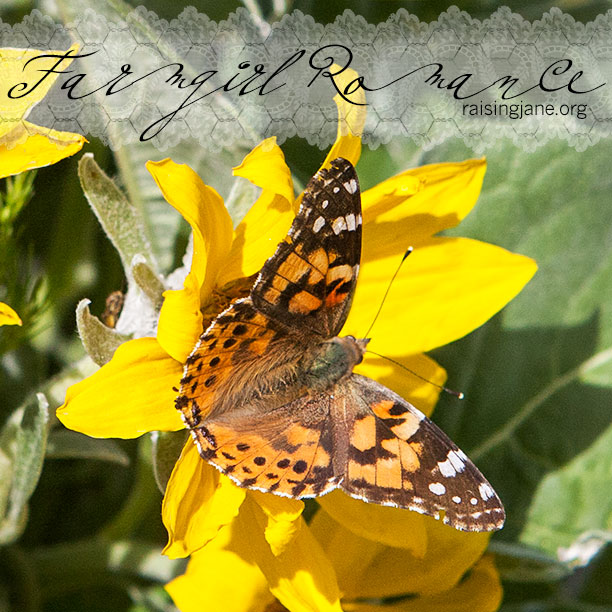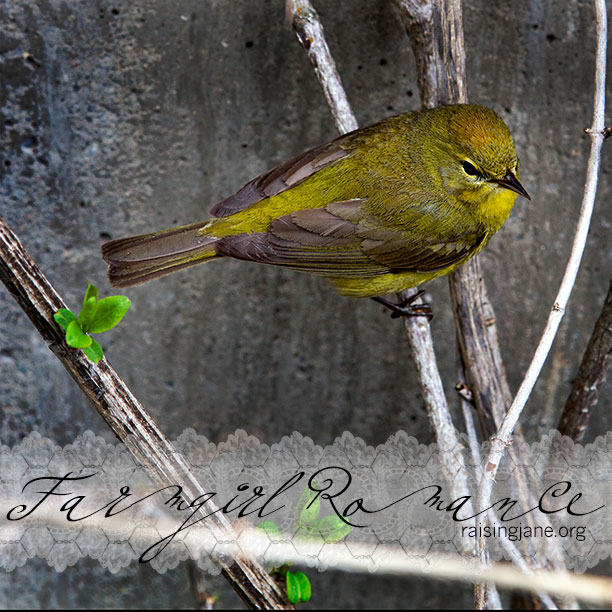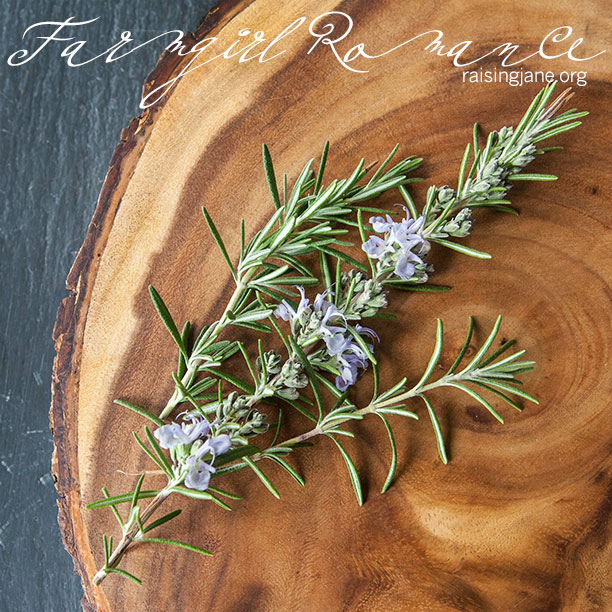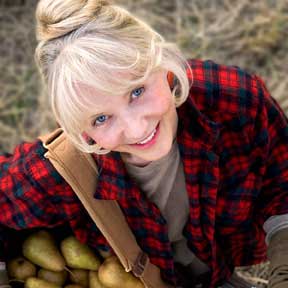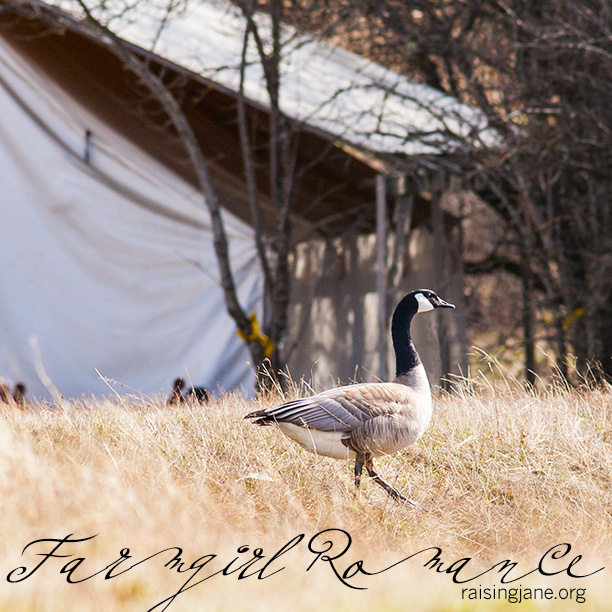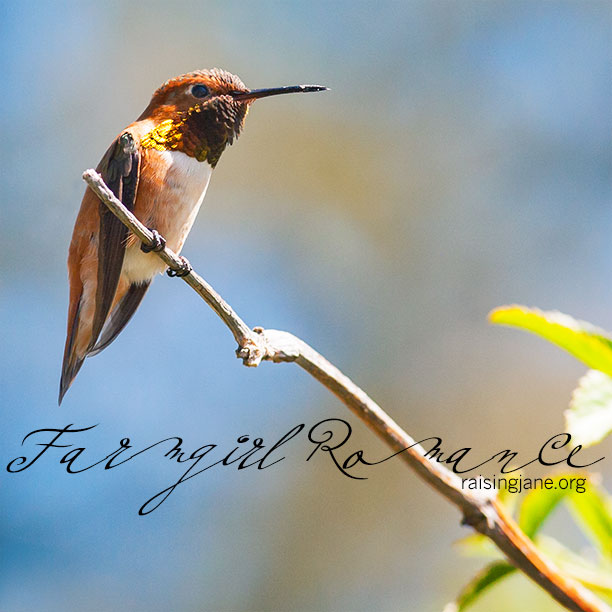“Ah, wisteria … my favorite. I had one when I was young and newly married and living in a very old house. Since then, I only long for another,” Beverly (Bee Haven Maven) wistfully writes. “I have a picture in my mind of an arbor with wisteria on either side and a great old wooden porch swing hanging beneath. My peaceful dream is only interrupted by the buzzing of bees around my head—they really love the blossoms. Perhaps this will be another project for another year…”
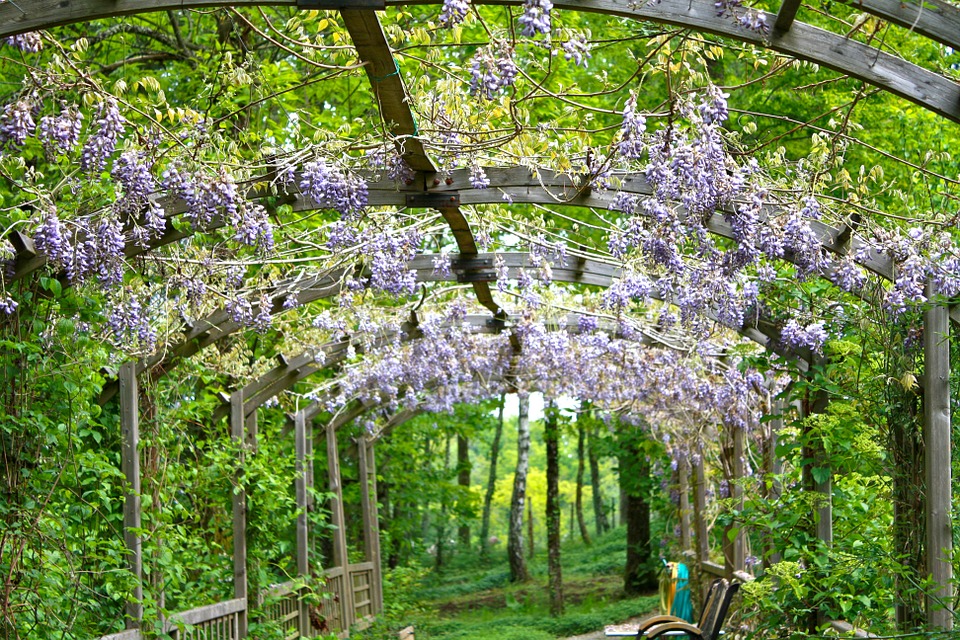
Photo by Ink Flo via Pixabay
I feel certain that Bev is not the only one feeling wistful for wisteria this time of year. They are truly lovely, but not easily grown on a whim. Cultivating these divine vines requires time and patience (like, years’ worth). So, if you’re planning a planting, prepare for a two- to three-year process of hurry-up-and-wait.

Photo by Carlotta Silvestrini via Pixabay
Another consideration before shopping for seeds: only two varieties of wisteria are native to the U.S. This fact matters because the Asian varieties (Wisteria sinensis and Wisteria floribunda) are considered invasive, noxious weeds that will aggressively spread and displace native vegetation.
“Consider growing the less invasive American wisteria (Wisteria frutescens), which grows in Zones 5 to 9. The vine grows 25 to 30 feet long with shiny, dark-green leaves and large, drooping lilac or purple-blue flower clusters, which appear after the plant has leafed out. However, note that the flowers are unscented, unlike the Asian Wisteria,” advises the Old Farmer’s Almanac. “Another native American is Wisteria macrostachya (Zones 4 to 9) or Kentucky wisteria. This late-season bloomer is native to the southeastern U.S. and bears unscented bluish-purple flowers after growing only two to three years, making it the quickest wisteria to bloom.”
Rather than wait for wisteria to bloom, take a (virtual) vacation to Kawachi Fuji Garden in Kitakyushu, Japan. This gorgeous garden boasts over 100 flowering wisteria plants from 20 different species. The voluminous vines create Kawachi Fuji’s famous wisteria tunnel.
Get details at Japan-Guide.com.
